What Is A Point And Shoot Digital Camera ?
A point and shoot digital camera, also known as a compact camera, is a type of digital camera that is designed for simple and convenient operation. It is typically small, lightweight, and easy to use, making it suitable for casual photographers or beginners. Point and shoot cameras usually have automatic settings that handle most of the technical aspects of photography, such as focus, exposure, and flash. They often feature a built-in lens that cannot be changed, offering a fixed focal length or a zoom range. These cameras are designed to be portable and offer a quick and hassle-free way to capture photos and videos. While they may not offer the same level of control and image quality as more advanced cameras, point and shoot digital cameras are popular for everyday use and capturing moments on the go.
1、 Definition and Features of Point and Shoot Digital Cameras
A point and shoot digital camera is a compact and user-friendly camera that is designed for simple and convenient photography. It is called "point and shoot" because it allows users to simply point the camera at the subject and press the shutter button to capture an image. These cameras are popular among casual photographers, beginners, and those who want a hassle-free photography experience.
Point and shoot digital cameras are known for their simplicity and ease of use. They typically have automatic settings that adjust the exposure, focus, and other settings to ensure that the user gets a well-exposed and sharp image. This makes them ideal for capturing everyday moments, family gatherings, vacations, and other casual photography situations.
In addition to their simplicity, point and shoot digital cameras also offer a range of features that enhance the photography experience. These features may include optical zoom, image stabilization, face detection, scene modes, and built-in flash. Some models also offer advanced features like Wi-Fi connectivity, touchscreens, and high-definition video recording.
The latest point and shoot digital cameras have seen advancements in image quality, with higher megapixel counts and improved image sensors. They also offer faster autofocus systems, better low-light performance, and improved battery life. Some models even incorporate advanced technologies like artificial intelligence and computational photography to enhance image quality and provide additional shooting modes.
Overall, point and shoot digital cameras are a convenient and accessible option for those who want to capture memories without the complexity of a more advanced camera. While they may not offer the same level of control and image quality as professional-grade cameras, they are perfect for everyday photography needs.

2、 Advantages and Disadvantages of Point and Shoot Digital Cameras
A point and shoot digital camera is a compact and user-friendly camera that is designed for simple and convenient photography. It is typically small in size, lightweight, and easy to carry around, making it a popular choice for casual photographers, beginners, and travelers. These cameras are equipped with built-in lenses and automatic settings, allowing users to simply point the camera at the subject and press the shutter button to capture an image.
Advantages of Point and Shoot Digital Cameras:
1. Ease of use: Point and shoot cameras are designed to be user-friendly, with automatic settings that adjust exposure, focus, and other parameters. This makes them ideal for beginners or those who prefer a hassle-free photography experience.
2. Portability: These cameras are compact and lightweight, making them easy to carry around in a pocket or bag. They are perfect for capturing spontaneous moments while on the go.
3. Affordability: Point and shoot cameras are generally more affordable compared to advanced digital cameras or DSLRs. They offer a cost-effective option for those who want to capture decent quality images without breaking the bank.
4. Versatility: While point and shoot cameras are primarily designed for automatic shooting, many models also offer manual controls and various shooting modes. This allows users to experiment with different settings and expand their photography skills.
Disadvantages of Point and Shoot Digital Cameras:
1. Limited control: Point and shoot cameras are designed for simplicity, which means they offer limited control over settings such as aperture, shutter speed, and ISO. This can be a drawback for more advanced photographers who prefer full manual control over their images.
2. Image quality limitations: Due to their small size and built-in lenses, point and shoot cameras may not deliver the same level of image quality as larger, more advanced cameras. They often have smaller sensors, which can result in lower resolution and less dynamic range.
3. Limited zoom range: While some point and shoot cameras offer decent zoom capabilities, many have limited zoom ranges compared to advanced cameras or DSLRs. This can be a disadvantage when trying to capture distant subjects or details.
4. Less flexibility: Point and shoot cameras generally have fixed lenses, which means they cannot be changed or swapped for different focal lengths or types of lenses. This limits the flexibility and versatility of the camera in certain shooting situations.
In recent years, smartphone cameras have become increasingly advanced, offering similar convenience and ease of use as point and shoot cameras. However, point and shoot cameras still have their advantages, such as better optical zoom capabilities and dedicated camera features. Ultimately, the choice between a point and shoot camera and a smartphone camera depends on individual preferences and needs.

3、 Factors to Consider When Choosing a Point and Shoot Digital Camera
A point and shoot digital camera is a compact and user-friendly camera that is designed for simple and convenient photography. It is called "point and shoot" because it allows users to simply point the camera at the subject and press the shutter button to capture an image. These cameras are typically smaller and lighter than DSLR cameras, making them ideal for everyday use and travel.
When choosing a point and shoot digital camera, there are several factors to consider. Firstly, the image quality is crucial. Look for a camera with a high-resolution sensor and good low-light performance to ensure sharp and detailed images in various lighting conditions. Additionally, consider the zoom range of the camera. Some point and shoot cameras offer optical zoom, which allows you to get closer to the subject without sacrificing image quality.
Another important factor is the camera's features and shooting modes. Look for a camera that offers a variety of shooting modes, such as portrait, landscape, and sports, to cater to different photography needs. Additionally, features like image stabilization, face detection, and Wi-Fi connectivity can enhance your photography experience.
Battery life is also an important consideration, especially if you plan to use the camera for extended periods or while traveling. Look for a camera with a long battery life or the option to use rechargeable batteries.
Lastly, consider the overall design and ergonomics of the camera. Look for a camera that feels comfortable in your hands and has intuitive controls for easy operation. Additionally, consider the size and weight of the camera, as this will affect its portability.
In the latest point of view, advancements in technology have led to the development of point and shoot cameras with improved image quality and features. Many point and shoot cameras now offer higher megapixel counts, faster autofocus systems, and advanced shooting modes. Additionally, some cameras now include built-in Wi-Fi or Bluetooth connectivity, allowing for easy sharing and transferring of images. Overall, point and shoot digital cameras continue to be a popular choice for casual photographers who value convenience and simplicity in their photography.

4、 Latest Technological Advancements in Point and Shoot Digital Cameras
A point and shoot digital camera is a compact and user-friendly camera that is designed for simple and convenient photography. It is typically small in size, lightweight, and easy to carry around, making it ideal for everyday use and travel. These cameras are designed to be used by anyone, regardless of their photography skills or technical knowledge.
The main advantage of a point and shoot digital camera is its simplicity. It is designed to automatically adjust settings such as focus, exposure, and white balance, allowing users to simply point the camera at the subject and press the shutter button to capture a photo. This makes it a great option for beginners or those who prefer a hassle-free photography experience.
In recent years, there have been several technological advancements in point and shoot digital cameras. One of the notable advancements is the improvement in image quality. Manufacturers have been incorporating larger image sensors into these cameras, resulting in better low-light performance and higher resolution images.
Another advancement is the integration of advanced autofocus systems. Many point and shoot cameras now feature fast and accurate autofocus systems, allowing users to capture sharp and well-focused images even in challenging shooting conditions.
Additionally, the latest point and shoot digital cameras often come with built-in Wi-Fi or Bluetooth connectivity. This enables users to easily transfer photos to their smartphones or tablets for instant sharing on social media platforms or for backup purposes.
Furthermore, some point and shoot cameras now offer advanced shooting modes and creative features, such as manual controls, RAW image capture, and various scene modes. These features provide users with more control over their photography and allow them to experiment with different shooting techniques.
In conclusion, a point and shoot digital camera is a compact and user-friendly camera that is designed for simple and convenient photography. The latest technological advancements in these cameras include improved image quality, advanced autofocus systems, built-in connectivity options, and enhanced shooting modes. These advancements have made point and shoot digital cameras more versatile and capable, appealing to a wide range of users, from beginners to enthusiasts.










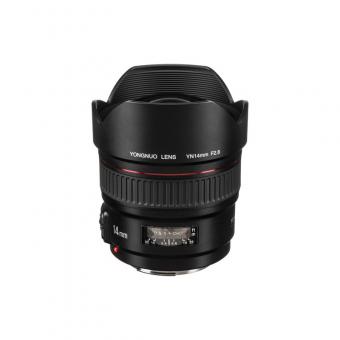

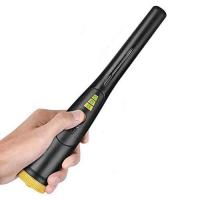

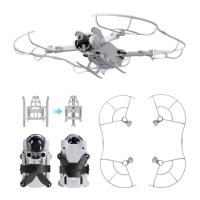

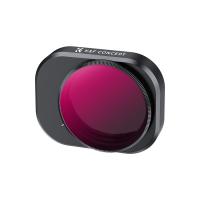
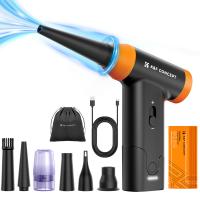





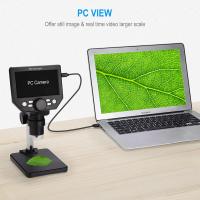


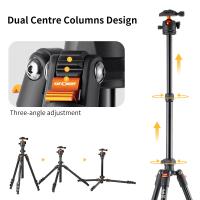

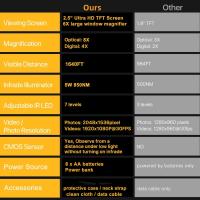
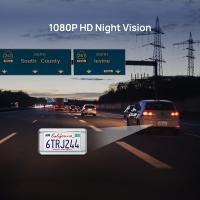
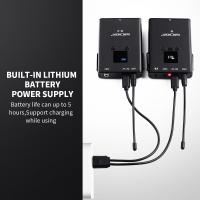
There are no comments for this blog.